Selection Guide for Chain
Conveyor Applications
See the following selection guide to help determine
which type of overhead monorail conveyor system best
suits your application, depending on maximum unit load,
part spacing and chain pull capacity requirements.
RSI offers a variety of quality
overhead monorail conveyor systems and components. We look forward
to assisting you in selecting the right equipment for your
application. Also, see our "selection guide" below for additional
information.
|
Type of Monorail
conveyor
|
Tube Track |
R W - Type
Encl. Track |
Standard
Encl. Track |
X348
(3"
I-Beam) |
X458
(4" I-Beam) |
X678
(6" I-Beam)
|
|
Quick
Reference Illustration |
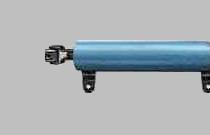 |
 |
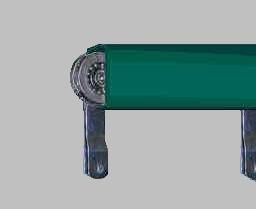 |
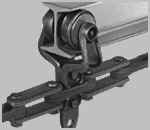 |
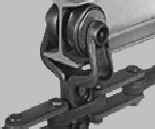 |
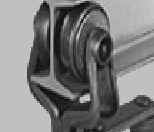 |
|
Track
Size |
1-5/8"
Dia. |
2-1/8" W. 2-11/16" H.
|
2-13/16"
W.
2-11/16"H.
|
S3
x 5.7 |
S4
x 7.7 |
S6
x 12.5 |
|
*Min.
Load Spacing (Nominal) |
6" |
6" |
8" |
6" |
8" |
12" |
|
Unit
Load Rating |
30
Lbs. |
80
Lbs. |
125
Lbs. |
200
Lbs. |
400
Lbs. |
1200
Lbs. |
|
**With
Optional Single/Double Load-Bars |
60
/ 120 Lbs. |
160
/ 320 Lbs. |
250 Lbs.
200 @ 30°
175 @45° |
400
Lbs. |
800
Lbs. |
2400
Lbs. |
|
***Drive Chain Pull Rating
|
600
Lbs. |
750
Lbs. |
750
Lbs. |
1800
Lbs. |
3950
Lbs. |
6000
Lbs. |
*The
minimum load spacing is also the nominal
chain pitch for each type system.
Loads may be spaced on any increment of
this chain pitch, depending on your
requirement and any additional clearance
needed for your product to maneuver the
selected turns and vertical curves.
Larger radius turns require less
clearance. |
|
**Increase capacity by use of load-bars, but keep in
mind it is often less expensive to go to the
larger conveyor, unless they are spaced far apart. |
|
***A quick idea on your drive pull requirement may be
determined by multiplying the total live load by .035 (monoplane systems only).
Elevation changes add
"lift pull" to your total. Lift pull is calculated by
multiplying the total elevation change of inclines only (no declines) by the product weight per foot of conveyor.
Note:
Should this method result in any more than half of the
rated system capacity, give us a call to consider your chain
pull more closely. Adequate drive pull capacity is an important factor in your
decision. Save money by selecting the correct
drive arrangement up front, rather than making corrections later.
|


|